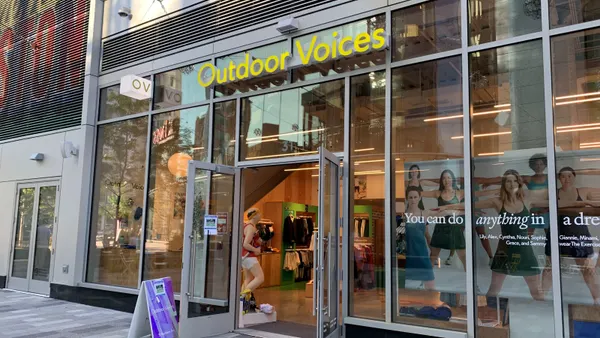Dive Brief:
-
As consumer demand picks up in the wake of the all-important holiday season, so are imports. Ports in August are forecast to handle 2.37 million twenty-foot containers, a 12.6% year-over-year increase that would surpass the largest number of containers imported in a given month since the National Retail Federation began tracking imports in 2002.
-
A report from the NRF and Hackett Associates found that U.S. ports monitored by their Global Port Tracker managed 2.15 million twenty-foot containers or their equivalent in June, a 33.7% increase from last year. The companies predict that ports in July handled even more, with the number of twenty-foot containers rising by 15.7% year over year to 2.22 million (official numbers are not in yet).
-
For the rest of the fall, the report predicts that U.S. ports could see a 4.9% bump in September, a 3% decline in October, a 1.5% decline in November and a 4.1% decline in December, compared to 2020.
Dive Insight:
Shipping has already been an issue for retailers this year. After the pandemic wrecked the supply chain, rebounding consumer demand in 2021 created a shipping crisis that's pushing up freight costs as containers remain limited.
Ben Hackett, founder of Hackett Associates, noted that the ongoing economic growth is straining the logistics supply chain. While the economy recovers from the COVID-19 pandemic, labor issues and port congestion are driving delays, according to Hackett. The report attributes the increasing demand to retailers' preparation for the back-to-school season and forthcoming holiday shopping season.
"This part of the recovery is not a pretty sight," Hackett said.
Rising retailer demand and imports echo findings of consumer demand for back-to-school shopping. According to a Deloitte survey, consumers are projected to spend 16% more than last year on school supplies for K–12 students. Parents are planning to spend about $612 per student on average, Deloitte said. KPMG also reported a rise in back-to-school spending, finding that consumers expect to allocate $268 per student, a 9% bump from last year.
The problem for retailers, both for back to school and holiday, will be overcoming supply chain challenges to keep inventory high enough to meet demand.
"Back-to-school supplies have been hit by the same supply chain disruptions and port congestion that have affected other products this year, but retailers are working hard to ensure that school and college goods are where they need to be," NRF Vice President for Supply Chain and Customs Policy Jonathan Gold said in a statement.
Not having enough space for inventory has been a challenge across the supply chain, not just in shipping containers. Cargo owners and carriers are preparing for the peak holiday season in advance, but it remains to be seen whether congestion will ease up in time. The rising consumer demand and logistical headaches have already fueled increased shipping costs for retailers and higher prices for consumers.













